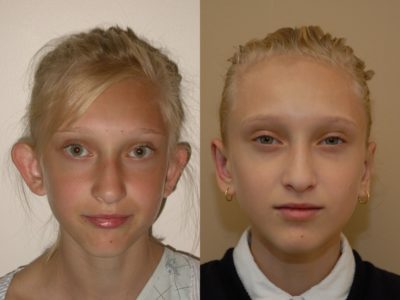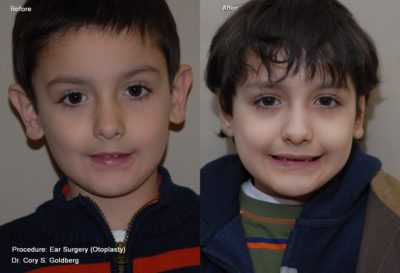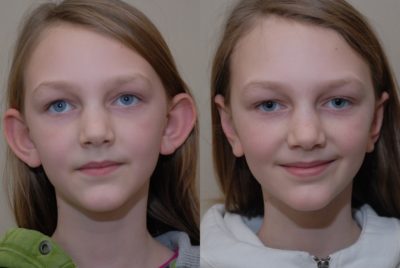- All Services
 Face
Face
 Body
Body
 Breast
Breast
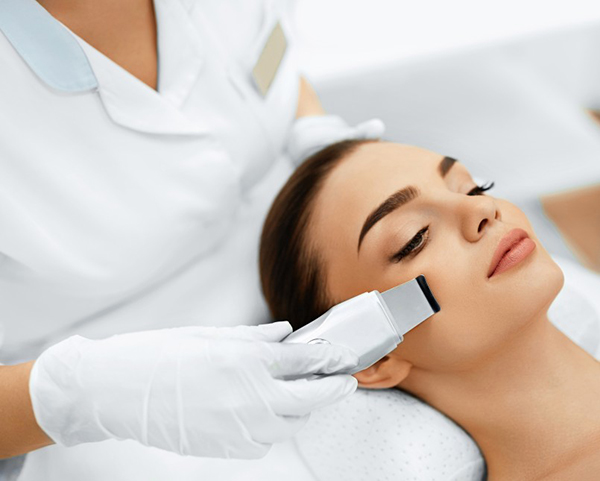 Non-Surgical
Non-Surgical
- GliSODin Nutraceuticals
- Injectables – Botox™ Dysport™
- Injectables – Dermal Fillers
- PRP (Platelet Rich Plasma)
- SkinBetter
- Bela MD+
- Phenol Peel
- Broad Band Light
- Threadlift
- ProFractional Skin Resurfacing (LASER)
- High Speed LightSheer DUET – Permanent Hair Reduction
- Ultrasonic Facial
- Belkyra™
- Biophora
- eDermastamp
- EltaMD Sunscreen
- Latisse™
 Hair Transplants
Hair Transplants
- About
- Photo Gallery
- Vectra 3D Imaging
- Q & A Videos
- Financing
- Contact
- About
- Face
- Breast
- Body
- Hair Transplantation
- Photo Gallery
- Vectra 3D Imaging
- Q & A Videos
- Financing
- Contact
- GliSODin Anti Aging Skin Care
- Injectables – Botox™ Dysport™
- Injectables – Dermal Fillers
- PRP (Platelet Rich Plasma)
- Bela MD+
- Phenol Peel
- SkinBetter
- Broad Band Light
- Threadlift
- ProFractional Skin Resurfacing (LASER)
- High Speed LightSheer DUET – Permanent Hair Reduction
- Ultrasonic Facial
- Belkyra™
- Biophora
- eDermastamp
- EltaMD Sunscreen
- Latisse™
- Linacare

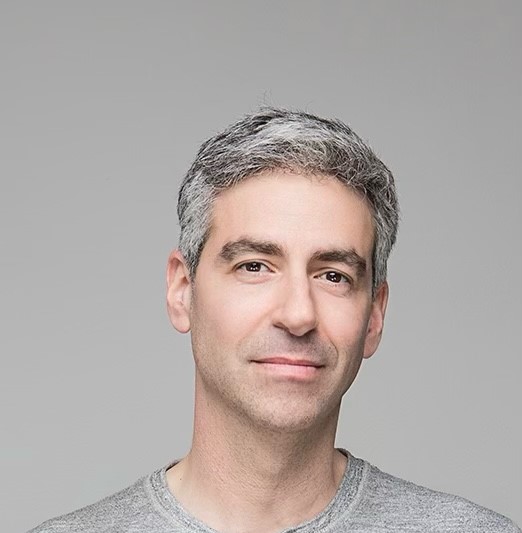 Dr. Cory S. Goldberg
Dr. Cory S. Goldberg Our Staff
Our Staff Policies
Policies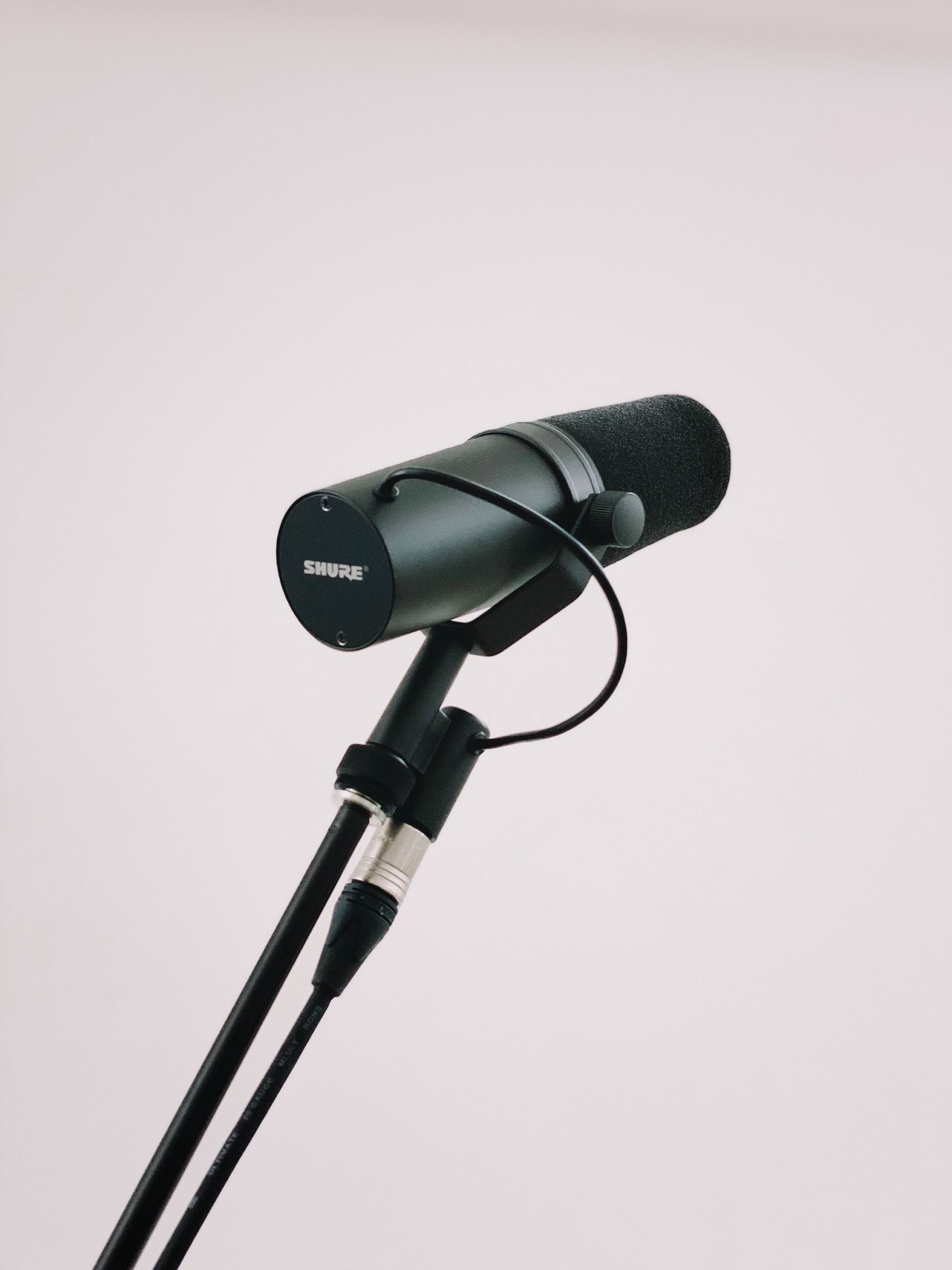 Media
Media Reviews
Reviews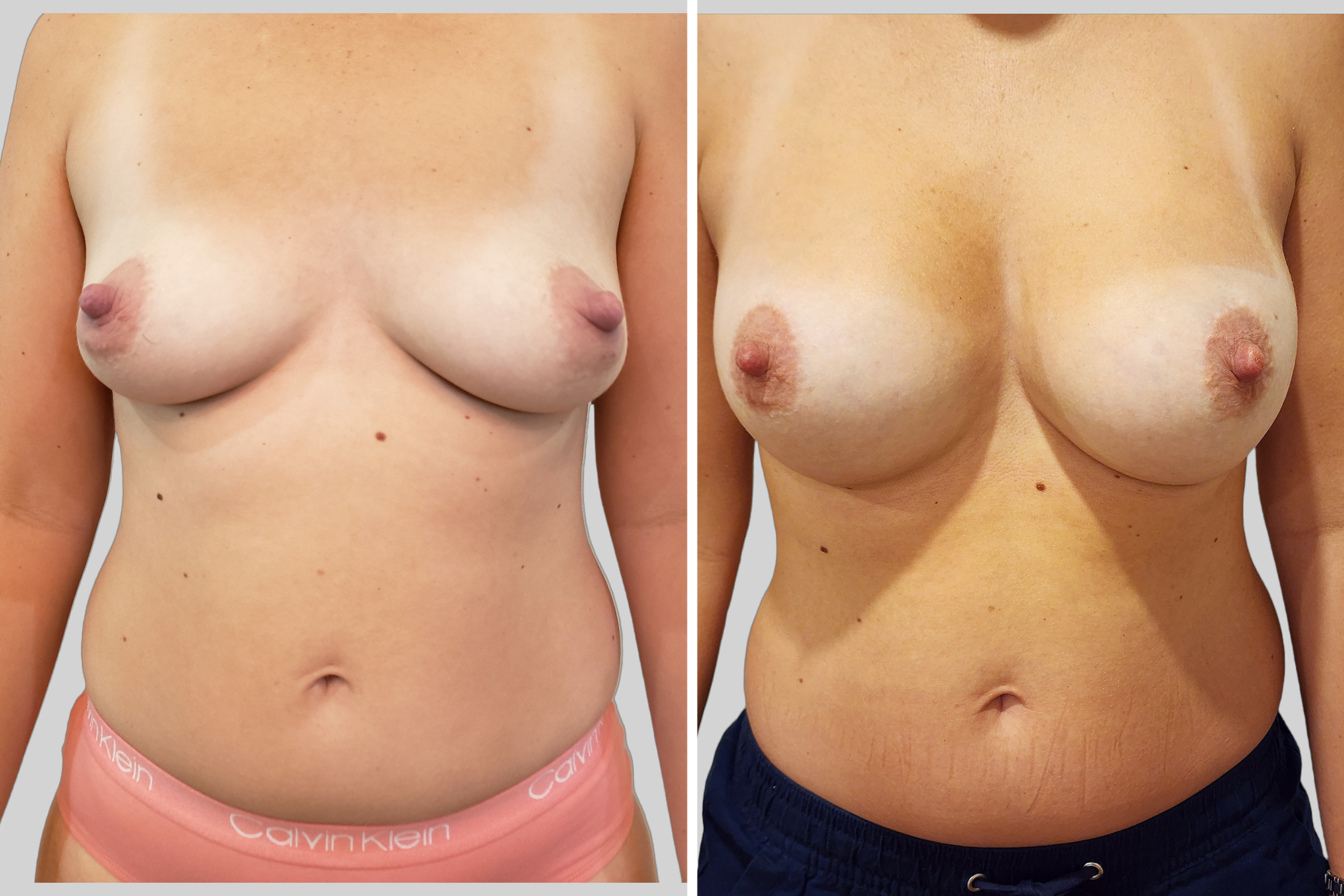 Breast Gallery
Breast Gallery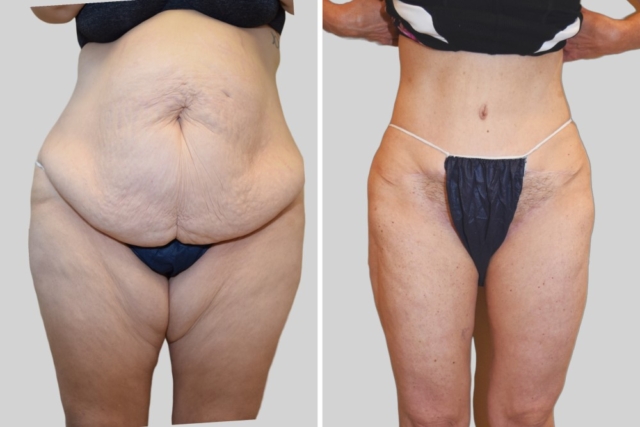 Body Gallery
Body Gallery
